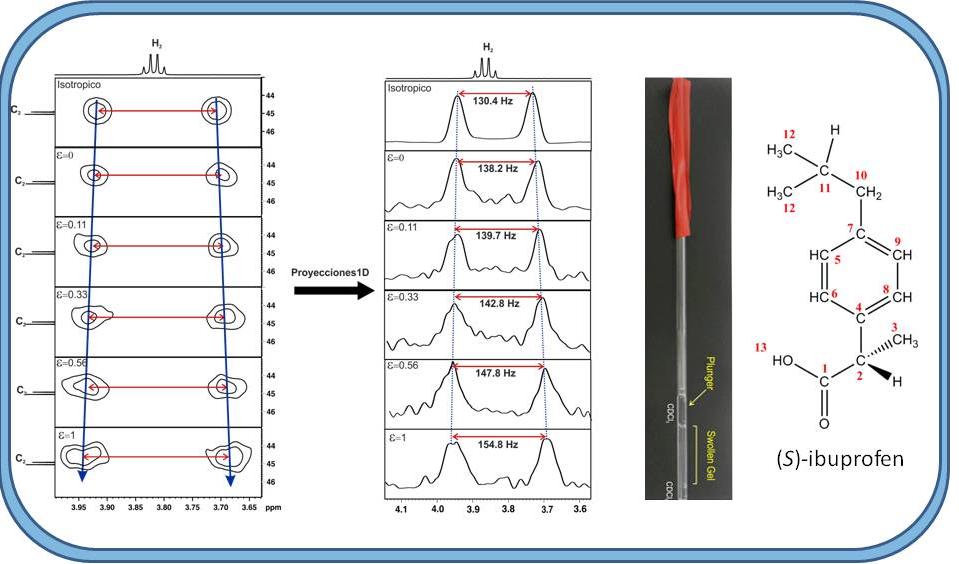
A user-friendly 2D NMR approach denoted as CLIP-HSQMBC is proposed for the very easy, direct and accurate measurement of long-range proton-carbon coupling constants in organic molecules and natural products. The J value can be extracted directly from the analysis of resolved in-phase 1H multiplets that show an additional splitting arising from the proton-carbon coupling. Continue reading CLIP-HSQMBC: Very easy, direct and accurate measurement of nJCH in organic molecules and natural products
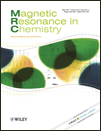 “Simultaneous measurement of J(HH) and two different nJ(CH) coupling constants from a single multiply-edited 2D cross-peak”, by Josep Saurí and
“Simultaneous measurement of J(HH) and two different nJ(CH) coupling constants from a single multiply-edited 2D cross-peak”, by Josep Saurí and 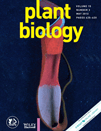
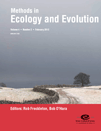
 “Brain magnetic resonance in experimental acute-on-chronic liver failure” by L. Chavarria, M. Oria, J. Romero-Giménez, J. Alonso,
“Brain magnetic resonance in experimental acute-on-chronic liver failure” by L. Chavarria, M. Oria, J. Romero-Giménez, J. Alonso, 
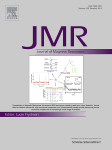 “P.E.HSQMBC: Simultaneous measurement of proton–proton and proton–carbon coupling constants” by Josep Saurí,
“P.E.HSQMBC: Simultaneous measurement of proton–proton and proton–carbon coupling constants” by Josep Saurí, “Efficient measurement of the sign and the magnitude of long-range proton-carbon coupling constants from a spin-state-selective HSQMBC-COSY experiment”, by Josep Saurí and
“Efficient measurement of the sign and the magnitude of long-range proton-carbon coupling constants from a spin-state-selective HSQMBC-COSY experiment”, by Josep Saurí and 